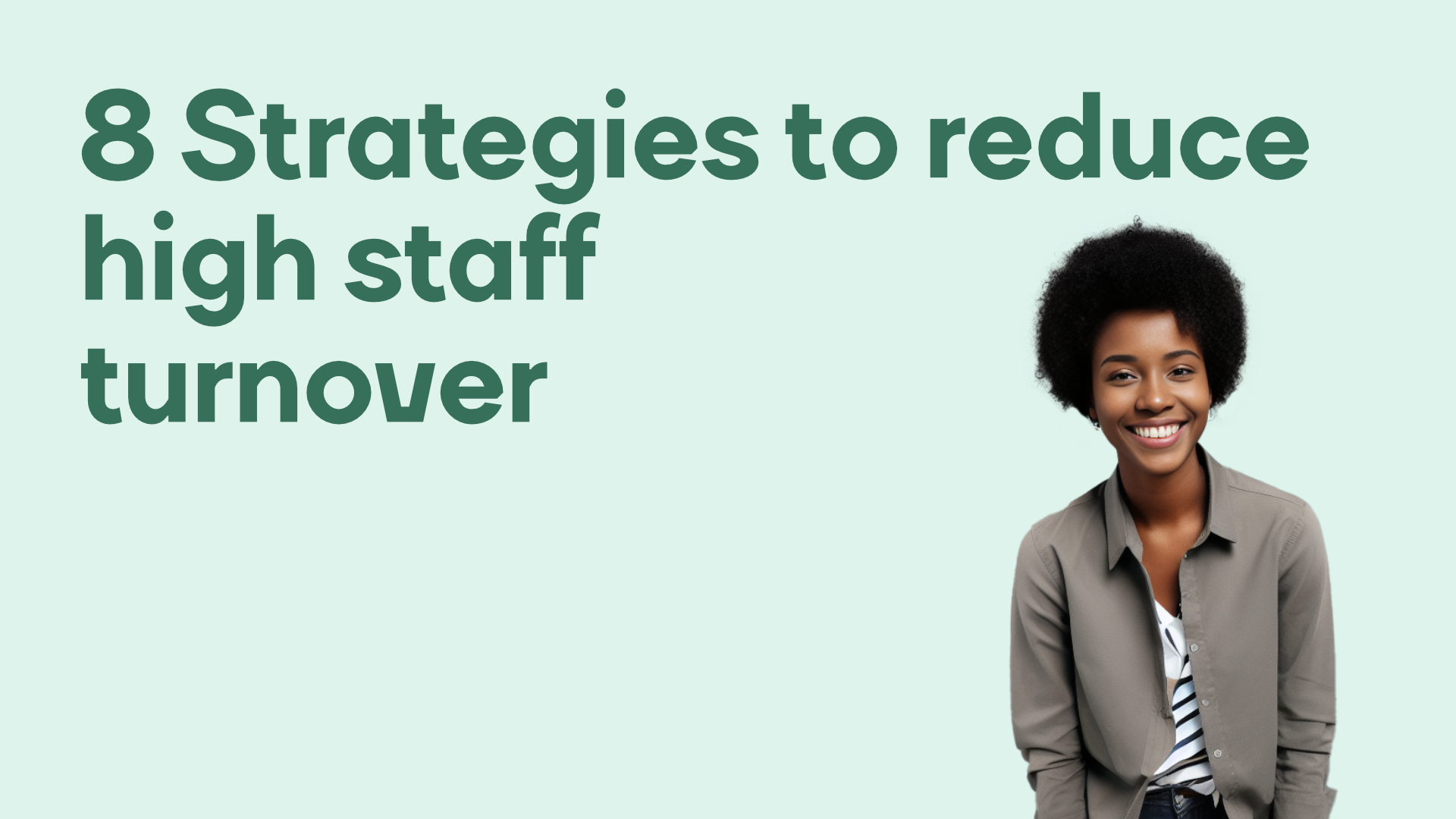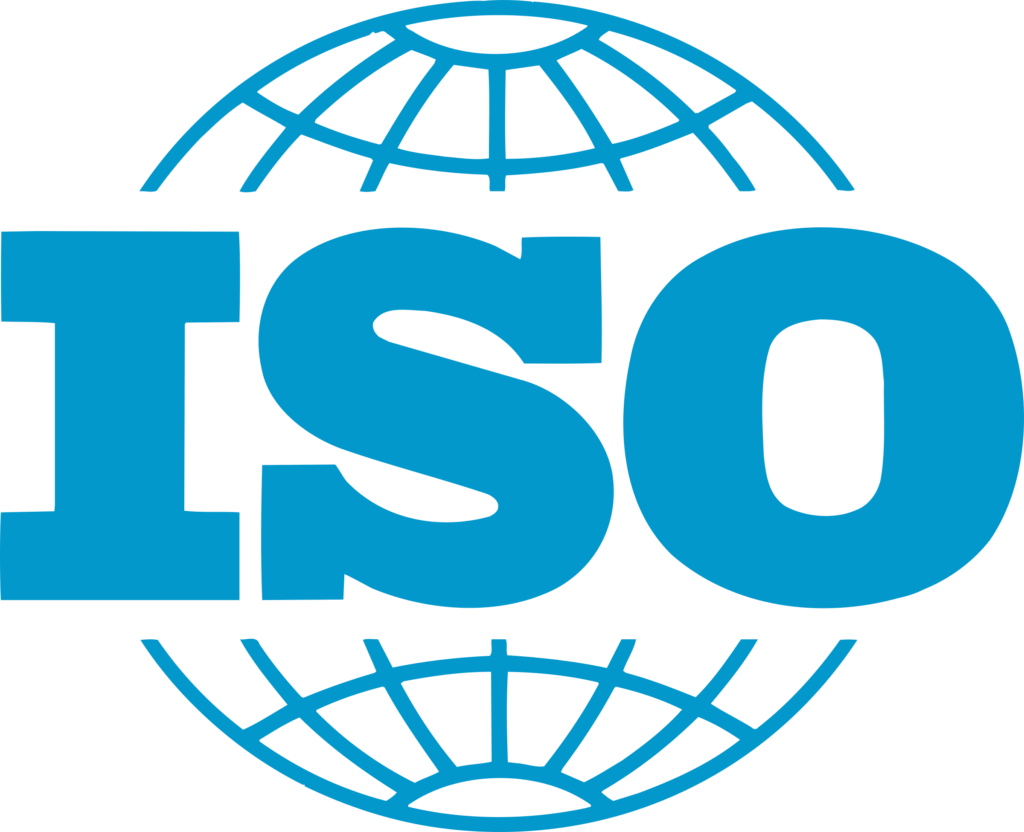Before we talk about tackling high staff turnover, we must identify what it is, what causes it in the first place, and how to keep employees happy.
While many people will leave your organisation for personal reasons that are beyond your control, a significant amount of people move on to new pastures to escape issues that can be nipped in the bud when recognised and dealt with at the right time.
What is staff turnover?
Simply put, staff turnover refers to the number of employees that leave a business over a determined amount of time, normally annually or quarterly. This data is often measured and presented as a percentage.
What is a good staff turnover rate?
You’re doing well if you have a turnover rate of 10% or less. Well-managed companies have an employee retention rate of around 90%.
A small amount of staff turnover is inevitable, but high and consistent staff turnover can significantly and negatively knock your business’s reputation and finances.
If you’re facing a problem with high staff turnover, don’t stress. We at Clevry are here to help. In this article, we’ll tackle the issue of what causes high staff turnover, the negative effects it has on businesses, and what you can do to reduce it.
How to calculate staff turnover
Calculating staff turnover is simple. First, you divide the total number of employees who’ve left by your average employee number in a year. Times this number by 100, and you’ll see your annual staff turnover rate as a percentage.
50% have quit previous jobs due to having a bad relationship with their manager
44% Would leave their jobs for more money
66% would quit their jobs if they felt unappreciated
5 causes of high staff turnover
1) Money – kind of
The results of a 2018 survey of 2,800 employees indicate that 44% would leave their jobs for more money. However, the promise of more money is far from the main reason people leave their jobs. What people really want is an honest day’s pay for an honest day’s work. The Beatles were on to something when they said, “money can’t buy me love.”
A 2017 study showed that an employee’s actual salary has a “small to moderate” effect on whether they stay or leave. When it comes to pay and employee retention, it’s important to keep up with the current market rate. This means offering occasional pay raises according to performance and experience.
But If you’re desperate to retain a great member of staff, don’t throw money at the problem and pay them way above the average salary rate. It’s costly in the short run and ineffective in the long run.
2) Feeling under-appreciated
According to Forbes, a whopping 66% of employees said they would quit their jobs if they felt unappreciated. When it comes to millennial employees, this figure jumps to 76%.
But it really doesn’t take much to make someone feel appreciated in the workplace. Giving employees a chance to offer their managers feedback, celebrating birthdays and milestones, hosting events and rewarding top-performing employees with an extra day off or two goes a long way in keeping employees happy. In fact, companies that prioritise employee recognition have staff who are 56% less likely to look for a new job.
3) Career stagnation
Feeling stuck in one place and seeing no room for progression can quickly kill an employee’s passion for a job. After a while, they’ll feel that they’re in a dead-end job and will start looking at companies where they can climb the career ladder.
To avoid stagnation, managers must provide their employees with growth opportunities. These growth opportunities can be simple things such as training courses, brainstorming sessions to share ideas for new projects and feedback time where employees can share their ideas for future growth, etc.
4) Bad managers
A good or bad manager can be the difference between a good and bad experience in the workplace. While employees don’t necessarily have to love their managers, they should expect their manager to be fair, concerned about their professional development, free of discrimination and above choosing favourites.
Statistics prove that bad managers are bad for business. According to a Gullup survey of 7,272 people conducted in 2015, 50% of professionals have quit previous jobs due to having a bad relationship with their manager. Bad managers can cause poor employee engagement, make people feel miserable in their daily lives and have an adverse effect on career progression, performance and even employee well-being.
5) Employee burnout
We’re in the middle of a burnout pandemic. In 2021, a Viser survey of 1000 full-time American employees found that 89% of them experienced burnout. This is worrying, as some of the symptoms of employee burnout include depleted energy, mental distance from the job and reduced productivity.
But the most concerning findings are that 70% of burnt-out employees report being ready and willing to leave their job. So, what can a company do to prevent employee burnout? This is yet another issue that can be solved by good management.
Promoting work-life balance, allowing staff to work from home, encouraging them to take holiday days and giving them enough time to complete their work without micromanaging makes their job a lot more enjoyable and their productivity levels high.
How high staff turnover negatively affects your business
Huge recruitment costs
Recruiting the right person for the job is no easy task, especially if high staff turnover has given your company’s reputation a hit. After many weeks of reading applications, interviewing various people and finally offering the candidate the role, you’ve got the onboarding process to work through.
No matter how experienced and talented your new starter may be, they’ll start with no experience of your company culture and processes and will need time to become as productive and knowledgeable as their departed counterpart.
Loss of productivity and profit
So, we know that not even the best new starter can hit the ground running. But what happens to the highly trained and experienced staff that have stuck by you? Unfortunately, they tend to become less productive for various reasons.
First off, the recruitment process takes a lot of time and attention from managers and HR professionals, which leaves existing staff poorly motivated and, in some cases, able to get away with doing less work. When it comes to teamwork, progress generally slows down as new starters often need more directions and assistance than experienced members of staff.
The spread of low morale
A Lot of people feel very close to their colleagues. A survey conducted by Olivet Nazarene University asked 3000 people whether they consider the people they work with as friends and 81% of the respondents said yes. So it’s little wonder why someone might feel upset when they lose a friend to another company.
And people don’t tend to keep poor morale and low motivation to themselves. In fact, low morale spreads like a wildfire that can’t easily be extinguished. Mass low morale is one of the biggest causes of high staff turnover.
More staff turnover
What do you get when you combine low morale, lack of appreciation and attention from management, and inevitable changes in organisational culture created by a hoard of unsuitable new starters with a company that’s losing money? That’s right, more staff turnover. This is a vicious cycle that, once entered, can be very difficult to stop.
So to avoid these problems, let’s take a look at how to reduce high staff turnover right now.
How to reduce high staff turnover
So, now we know the causes of staff turnover, let us summarise how to reduce it in eight simple steps.
1) Offer hard-working and dedicated staff a fair wage
A fair and competitive wage makes staff feel valued. Being open to offering pay raises while business is good is a great way to make staff want to stick around for many years to come.
2) Give staff positive feedback
Show employees they are appreciated and encourage them to share their thoughts and feelings during appraisals and brainstorming sessions.
3) Don’t make staff feel trapped in their roles
Give them the opportunity to progress with training sessions and even promotions.
4) Ensure managers build positive relationships with their staff
Managers should never shout or constantly show visible signs of frustration because of small roadblocks, and they certainly should not play favourites or discriminate against employees.
5) Don’t overwork your staff
Let’s be real. Businesses will sometimes go through busy times, face tight deadlines and even have brief periods when the atmosphere seems rather serious. However, suppose this atmosphere becomes the norm and people are lumbered with tight deadlines and pointless busy work. In that case, you’ll see even the most resilient employees sending out CVs as frantically and frequently as a captain of a sinking ship sends out distress signals.
6) Keep company morale high
As we’ve already discussed, low morale can quickly get its hook into an organisation and is incredibly difficult to stop. Maintaining a positive environment for employees and showing appreciation with simple things such as milestone celebrations, birthday cakes and cards, and the occasional team night out shows staff that their company cares about them.
7) Give employees the option to work from home
Commuting to work can be a stressful ordeal and can make staff feel tired even before they’ve turned on their computer. But a few days working from the comfort of their own home will make them feel revitalised and ready to take on a new day.
8) Hire the right talent
Hiring a new person is tricky, time-consuming and expensive, and this is even before the onboarding process starts. Ensuring you hire the right fit for your company prevents the headache of high turnover rates.
Finding the right match is no easy task. But there is some good news. We at Clevry are here to help you reduce turnover by helping recruiters make better hiring decisions.
Reduce staff turnover with Clevry staffing
If you find yourself in urgent need of a new hire, are short on staff or facing unpredictable resourcing needs, Clevry staffing services can help you reduce the risk of bad hires by measuring candidates’ soft skills to find you the best match.
Companies shouldn’t have to suffer the expense and work of a high turnover rate triggered by hiring people who were never right for the job.
At Clevry, we predict job performance with data-driven recruitment to ensure you get the candidates that will excel in your company culture and stay with you for years to come. By measuring candidates’ soft skills, such as how they work, how they stay motivated and how they approach problems, we can find you an individual or even a team of staff to reduce your risk of dealing with high turnover rates.
But that’s not all. Our dedicated Consultant Care team helps out with matters relating to the employment relationship to ensure new starters stay content, focused, energised and productive in the workplace.




